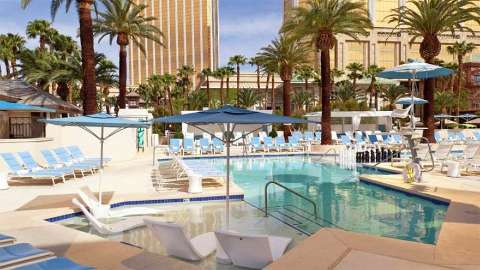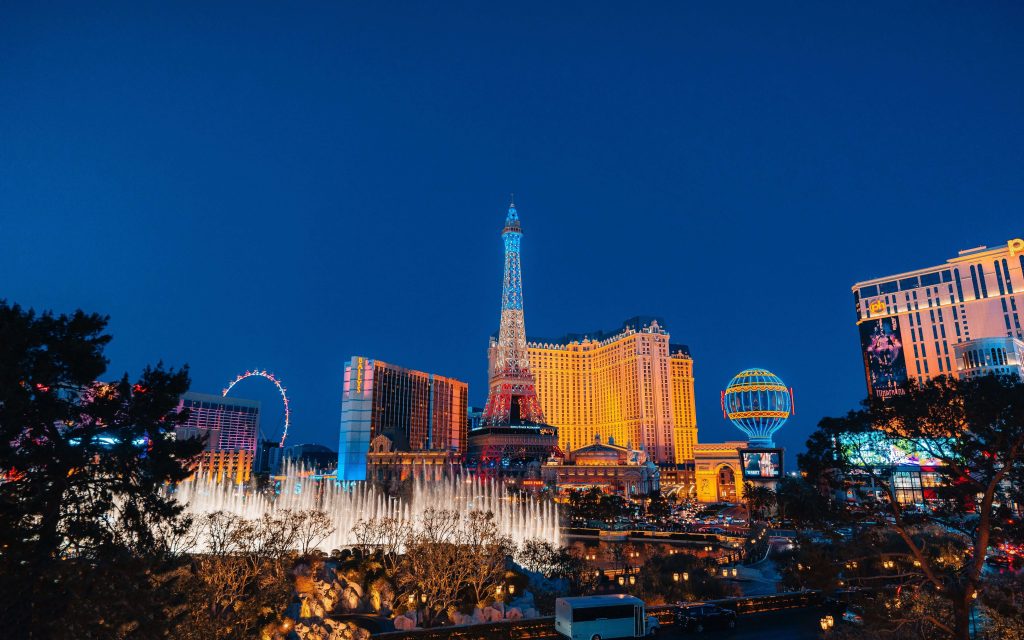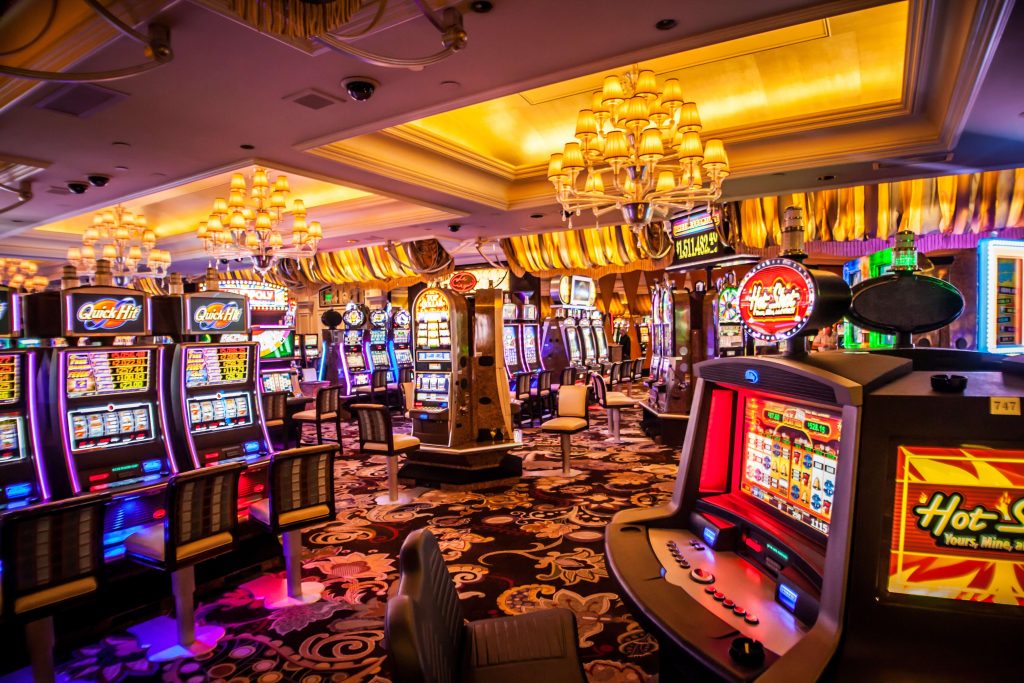
In the heart of Caesars Palace, the Nobu Hotel emerges as a boutique retreat that exudes sophistication and culinary mastery. The union of chef Nobu Matsuhisa’s culinary artistry and the design elegance of David Rockwell creates a space that’s as delectable in design as it is in flavor. Let’s delve into the refined world of the Nobu Hotel, where culinary dreams and design brilliance converge.
A Tranquil Respite
Distinct from the bustling energy of Vegas, the Nobu Hotel offers a serene ambiance, characterized by its minimalist Japanese-inspired interiors. Rockwell’s design touch is evident in every nook, creating a sanctuary of calm.
David Rockwell: Crafting Experiences
A name synonymous with transformative spaces, David Rockwell brings to the Nobu Hotel his knack for crafting narratives through design. With the meticulous attention to detail and an emphasis on warmth and texture, Rockwell ensures the hotel resonates with understated luxury.
Culinary Genius: Nobu Matsuhisa
The soul of the Nobu Hotel is undeniably its culinary offerings. With Chef Nobu at the helm, guests are treated to a gastronomic journey, marked by signature dishes that have garnered global acclaim. The design and décor of the dining spaces, influenced by Rockwell, complement Nobu’s culinary masterpieces, ensuring a holistic experience.
Luxury in Details
From its bespoke rooms and suites to its private lounge, every aspect of the Nobu Hotel is infused with a sense of exclusivity. Rockwell’s design elevates the experience, seamlessly blending traditional Japanese elements with contemporary finesse.
Conclusion
The Nobu Hotel at Caesars Palace is a symphony of culinary excellence and design marvel. It stands as a testament to the vision of both Nobu Matsuhisa and David Rockwell, promising guests an experience that’s as aesthetically pleasing as it is gastronomically satisfying.








